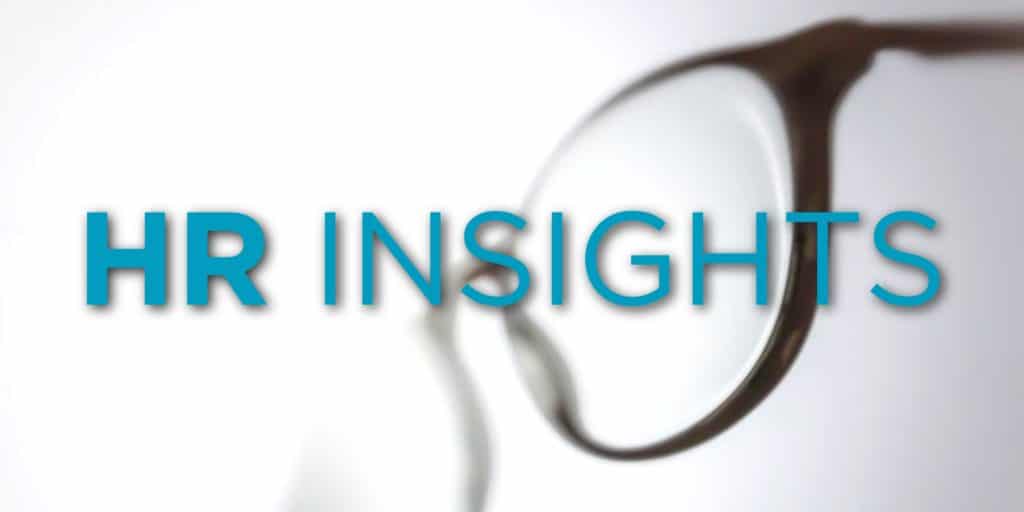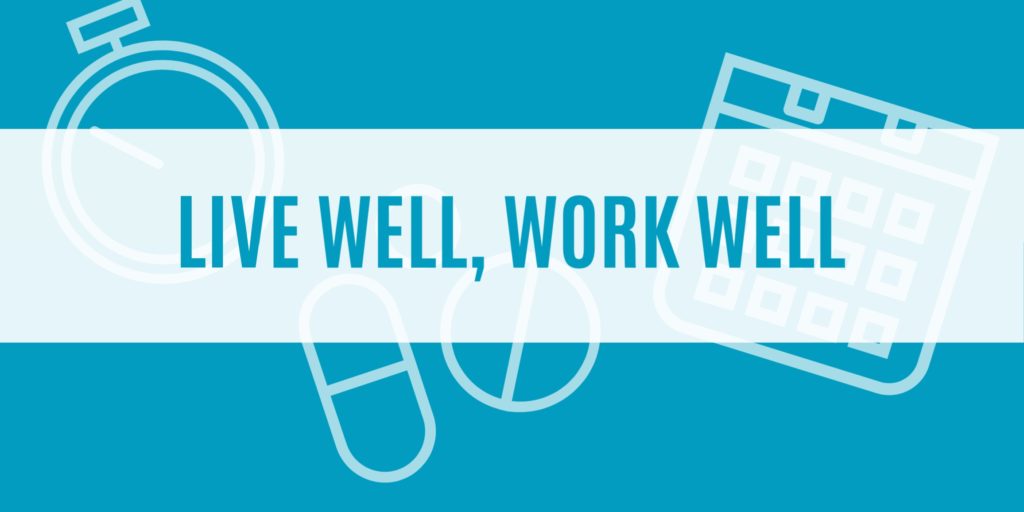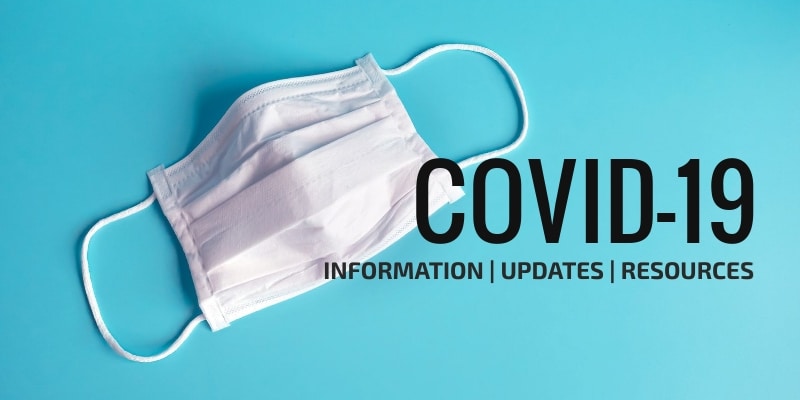Resecō
Inform Posts
04 Aug How Social Distancing Is Impacting Workplace Culture
As the coronavirus pandemic continues to evolve, one guideline that is likely to last beyond this year is social distancing. Employers have a responsibility to keep employees healthy and safe, and that duty is informing their return-to-work strategies. For instance, some organizations are keeping employees at home to work remotely for the foreseeable future. Other […]
29 Jul Wellness Toolkit – Stress
 This toolkit serves as an introduction to workplace stress and provides several ways that employers can address and mitigate stress in the workplace. It is not intended as legal or medical advice and should only be used for informational purposes.
This toolkit serves as an introduction to workplace stress and provides several ways that employers can address and mitigate stress in the workplace. It is not intended as legal or medical advice and should only be used for informational purposes.
Introduction
According to a Gallup poll, 55% of Americans experience stress daily—making the United States one of the most stressed-out nations in the world. While some stress isn’t necessarily bad for employees’ health, chronic stress can cause negative long-term health effects. Employees will experience stress in all areas of their lives but consistently cite work as their top stressor. In fact, 64% of U.S. adults reported work as their top stressor in 2019.29 Jul Quarantining When Exposed to COVID-19
This article compiles important information from the Centers for Disease Control and Prevention (CDC). Visit www.cdc.gov/covid-19 for more information.
 This article contains important information from the Centers for Disease Control and Prevention (CDC) regarding quarantining after a COVID-19 exposure.
This article contains important information from the Centers for Disease Control and Prevention (CDC) regarding quarantining after a COVID-19 exposure.
What Is a Quarantine?
A quarantine is used to keep someone who might have been exposed to COVID-19 away from others. It helps prevent spread of disease that can occur before a person knows they are sick or if they are infected with a virus without feeling symptoms. People in quarantine should stay home, separate themselves from others, monitor their health and follow directions from their state or local health department.29 Jul Deciding Who Should Continue to Work From Home During the COVID- 19 Pandemic
A s businesses across the country continue reopening and the threat of a second wave of COVID-19 cases looms, employers are facing difficult decisions regarding work-from-home arrangements.
s businesses across the country continue reopening and the threat of a second wave of COVID-19 cases looms, employers are facing difficult decisions regarding work-from-home arrangements.
Some employers are opting to extend work-from-home arrangements until next year, others are asking all employees to return to the office and some are offering a hybrid of the two models.
For employers that are either reopening in phases or allowing some employees to continue to work from home during the pandemic, the question of who should continue working from home becomes a pressing issue. This article will provide an overview of best practices for employers to consider when determining which employees should continue to work from home during the pandemic.
29 Jul COVID-19 Cleaning Log
[wpseo_breadcrumb]
This is particularly true as it relates to housekeeping and sanitation best practices, especially given how precise these procedures need to be, based on guidelines from the Centers for Disease Control and Prevention (CDC) and other health officials.
This document provides an overview of cleaning recommendations from the CDC and includes a sample log that businesses can use during their cleaning and sanitization procedures.
 As a result of the unprecedented challenges the COVID-19 pandemic brings, businesses must review their internal protocols to ensure they are doing all they can to protect their workforce and manage their operations.
As a result of the unprecedented challenges the COVID-19 pandemic brings, businesses must review their internal protocols to ensure they are doing all they can to protect their workforce and manage their operations.
This is particularly true as it relates to housekeeping and sanitation best practices, especially given how precise these procedures need to be, based on guidelines from the Centers for Disease Control and Prevention (CDC) and other health officials.
This document provides an overview of cleaning recommendations from the CDC and includes a sample log that businesses can use during their cleaning and sanitization procedures.
29 Jul Rethinking Remote Work Perks
 The stigma around working from home has mostly been lifted as the COVID-19 (coronavirus) pandemic abruptly shifted many employees into a remote work setting. Many organizations are expecting and planning more remote work for the foreseeable future.
The stigma around working from home has mostly been lifted as the COVID-19 (coronavirus) pandemic abruptly shifted many employees into a remote work setting. Many organizations are expecting and planning more remote work for the foreseeable future.
Before the pandemic, common office perks included remote work opportunities and work schedule flexibility. Now, employees are starting to expect that from their current and future employers.
Work perks related to food, wellness and technology are being introduced as employers rethink and adjust company culture. Perks should be more inclusive and easily used by any employee regardless of their work location.
29 Jul Bridging the Gap Between Remote and On-site Employees
 As we look into what the workplace will look like post-coronavirus, the reality for many employers may involve supporting a geographically distant workforce.
As we look into what the workplace will look like post-coronavirus, the reality for many employers may involve supporting a geographically distant workforce.
Some employees may be returning to an on-site work location, while others will be working remotely longer-term, or even permanently.
Teams comprised of both remote and on-site employees may not only be the current reality—but the new normal. The expansion of remote work affects each organization uniquely, and employers can consider what actions may help bridge the gap between all employees.
27 Jul CDC Director Says Widespread Mask Use Can Get COVID-19 Under Control
 The Centers for Disease Control and Prevention (CDC) recommends the use of masks and face coverings in public, and CDC Director Robert Redfield expanded on the topic during a discussion hosted by medical journal JAMA.
The Centers for Disease Control and Prevention (CDC) recommends the use of masks and face coverings in public, and CDC Director Robert Redfield expanded on the topic during a discussion hosted by medical journal JAMA.
Redfield stated, "If we could get everybody to wear a mask right now, I think in four, six, eight weeks we could bring this epidemic under control." During the discussion, Redfield noted that “we are not defenseless against COVID-19,” stating that “cloth face coverings are one of the most powerful weapons we have to slow and stop the spread of the virus— particularly when used universally within a community setting. All Americans have a responsibility to protect themselves, their families and their communities.’’
24 Jul The Importance Of Cloth Face Coverings
Cloth face coverings are recommended as a simple barrier to help prevent respiratory droplets from traveling into the air and onto other people when the person wearing the cloth face covering coughs, sneezes, talks or raises their voice. This is called source control. This recommendation is based on what we know about the role respiratory […]


 To prepare for open enrollment, group health plan sponsors should be aware of the legal changes affecting the design and administration of their plans for plan years beginning on or after Jan. 1, 2021. Employers should review their plan documents to confirm that they include these required changes.
To prepare for open enrollment, group health plan sponsors should be aware of the legal changes affecting the design and administration of their plans for plan years beginning on or after Jan. 1, 2021. Employers should review their plan documents to confirm that they include these required changes.